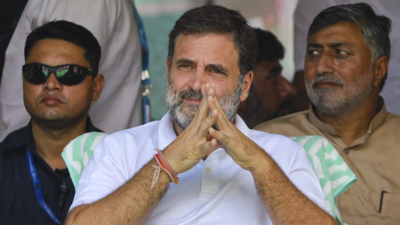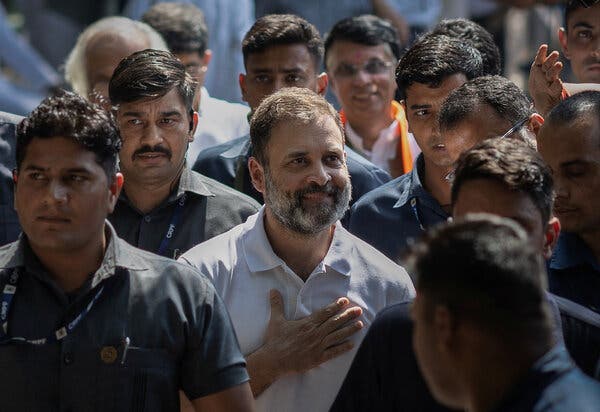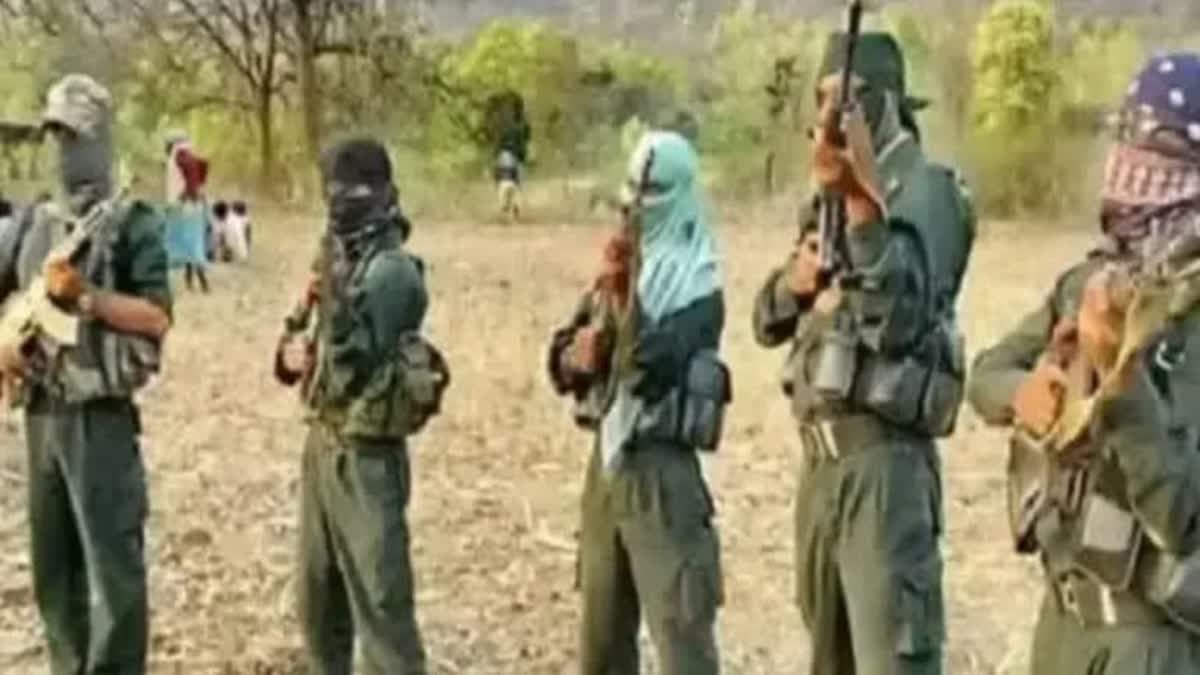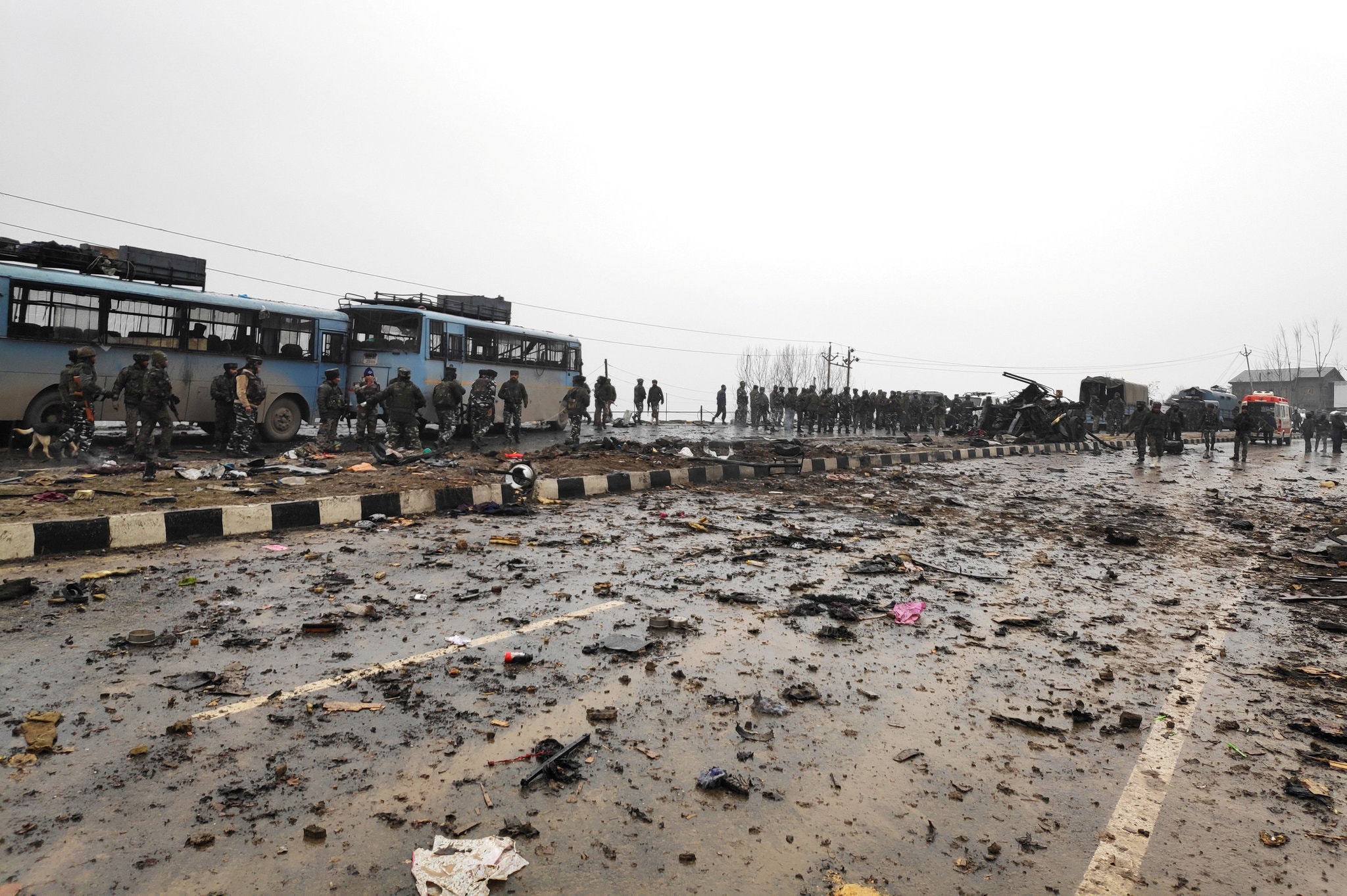


As India celebrated the coming of its Constitution on 26 January 1950, there were polarizing sentiments among its citizens. While Nehru and Ambedkar led the country towards progress and democratic values, Hindu Nationalists were critical of the Constitution, citing its lack of connection to "Indian values". However, political events such as the Shah Bano case and the implementation of the Mandal Commission report gave way for Hindu nationalists to push their agenda, resulting in communal violence and discrimination against religious minorities, particularly Muslims. This has led to the spread of fear and the formation of Muslim ghettos in various cities across India.
Manusmriti and the Indian Constitution: A Historical Perspective
The Manusmriti, an ancient Hindu text, has sparked controversy in modern India due to its portrayal of social hierarchy and its impact on the development of the Indian Constitution.
Origins and Context of the Manusmriti
The Manusmriti is believed to have been written around 200 BCE as a compilation of social and religious rules for Hindus. It codifies the caste system, dividing society into four main castes: Brahmins (priests), Kshatriyas (warriors), Vaishyas (merchants), and Shudras (laborers). Each caste has its own specific duties and social status, with Brahmins at the top and Shudras at the bottom.
Inclusion in the Indian Constitution
The Indian Constitution, adopted in 1950, sought to create a modern, democratic society based on equality and justice. However, some Hindu nationalist groups argued that the Constitution did not sufficiently reflect "Hindu values" and traditions, including those enshrined in the Manusmriti.
Opposition to the Manusmriti
Opposition to the Manusmriti began in the late 19th century, with social reformers such as Mahatma Gandhi and B.R. Ambedkar arguing that it promoted discrimination and inequality. Ambedkar, who chaired the Constituent Assembly that drafted the Constitution, famously burned a copy of the Manusmriti in 1927.
Political Context and Communal Violence
In the decades following independence, the issue of the Manusmriti and "Hindu values" gained political traction. The Shah Bano case in 1985, which ruled that a Muslim woman was entitled to maintenance from her former husband, sparked outrage among Hindu nationalists. The implementation of the Mandal Commission report in 1990, which reserved government jobs for certain backward castes, also led to communal violence.
Consequences for Religious Minorities
The spread of Hindu nationalism and the influence of the Manusmriti have contributed to fear and discrimination against religious minorities, particularly Muslims. Communal violence and the formation of Muslim ghettos have become prevalent in various Indian cities.
FAQs
1. What is the significance of the Manusmriti?
2. How did the Manusmriti influence the Indian Constitution?
3. Who opposed the Manusmriti?
4. What role did communal violence play in the controversy over the Manusmriti?
5. What are the ongoing implications of the Manusmriti?

The Indian National Congress (INC) has announced its plans to launch a month-and-a-half-long campaign in Jammu and Kashmir on April 22. The purpose of the campaign is to demand the restoration of statehood and to further the “Save the Constitution” movement. With the recent appointment of Syed Naseer Hussain as the new J&K in-charge, the party hopes to regain its lost support in the Union Territory. This campaign comes at a crucial time, as former supporters of the Congress leader Ghulam Nabi Azad have recently dissolved their party, raising questions about their political future. The Congress hopes to use this opportunity to highlight the BJP's failures in empowering elected governments and its betrayal over statehood.

Thousands of citizens in Pune are rallying together through an online petition to demand the protection of their city's hills and hill slopes from any construction. The petition is addressed to the former Pune Municipal Commissioner and Chairman of the state-appointed Committee on Bio-Diversity Park and Hill Top Hill Slopes. The citizens are concerned that the committee's review may result in allowing construction on the hills, while strict measures have already been mandated by the government to prevent it. The citizens stress the importance of preserving these natural areas for the city's ecological balance and urge the government to uphold its promise to future generations.

After the devastating terror attack in Pahalgam, Jammu and Kashmir, India has suspended the 1960 Indus Waters Treaty with Pakistan. This decision was made during a key meeting chaired by Union Home Minister Amit Shah, with discussions on potential actions being taken against Pakistan. As tensions between the two countries continue to escalate, Indian leaders have condemned Pakistan for their involvement in the attack and have vowed to take strong measures in response.

The Indian Army made its first major move since the Pahalgam terror attack on April 22, as they killed top Lashkar-e-Taiba (LeT) commander Altaf Lalli in an encounter in Jammu and Kashmir's Bandipora district. The security forces are on the hunt for the terrorists responsible for the brutal killing of 26 civilians and have launched a massive anti-terror operation. In other developments, Indian Army Chief General Upendra Dwivedi visited Srinagar for a security review meeting and the authorities demolished the houses of two suspected terrorists involved in the Pahalgam attack.

In a hearing at the Supreme Court, the bench rebuked Congress leader Rahul Gandhi for his "irresponsible" comments about freedom fighter Vinayak Damodar Savarkar. The judges highlighted the need to show respect for India's freedom fighters and questioned whether Gandhi was aware of his grandmother and Mahatma Gandhi praising Savarkar. The court also stayed an Allahabad High Court order that refused to dismiss a lower court's summons against Gandhi over his alleged remarks about Savarkar.

The Supreme Court has stepped in to warn Congress MP Rahul Gandhi over his comments about India's independence activist Veer Savarkar, staying a trial court's summons to the politician. The top court emphasized that Savarkar is a highly respected figure in Maharashtra and stated that no one would be allowed to make derogatory remarks about freedom fighters. The court also pointed out that Gandhi's family has had a history of praising Savarkar and Gandhi himself has been warned that the court will take suo motu cognizance of any such remarks. Additionally, the article also mentions an attack in Jammu and Kashmir that has led to heightened tensions between India and Pakistan.

In a successful operation by the security forces, a Lashkar-e-Taliba (LeT) terrorist associate, identified as Altaf Lalli, was killed in an ongoing encounter in the Bandipora district of Jammu and Kashmir. The encounter began after the security forces received intelligence about the presence of terrorists in the area. Two security personnel have also been injured in the exchange of fire and are currently undergoing treatment at a nearby hospital. The clash highlights the continued efforts of the security forces to combat terrorism in the region.

The Telangana-Chhattisgarh border is a hotbed of tension as security forces step up their efforts to root out Maoist activity from the region. Top Maoist leader Hidma is the target of current high-security operations, with forces strategically advancing through previously inaccessible areas. With mounting pressure, sources indicate that the hold of the Maoists in the region is gradually weakening, making for a tense and critical situation.

As the nation grapples with the aftermath of a terror attack in Pahalgam, security forces are undertaking a massive operation in the dense Karregutta hills forest to eliminate the heart of Naxal command. This operation, involving 7,000 personnel and cutting-edge technology, aims to strike a blow at Naxalism by targeting top leaders of the PLGA Battalion No. 1. This bold move by the CRPF, with the Director General personally overseeing the operation, marks a turning point in the fight against Maoist insurgency. With five Naxals already killed and more likely to come, the operation is being hailed as a decisive victory and could potentially spell the end of Naxalism in India.

The US Government has publicly criticized The New York Times for its reporting on the recent terror attack in Pahalgam, Kashmir, calling attention to the difference between the newspaper's use of "militant" instead of "terrorist." This choice of words is not only misleading but also minimizes the severity of the attack, which was claimed by a Pakistan-based group with links to Lashkar-e-Taiba. The US House Foreign Affairs Committee took to social media to point out the error and highlight the real nature of the attack, noting that it has significant implications for regional security.